Almost every Khmer family in Tri Ton district and Tinh Bien town, An Giang province, has from a few to a few dozen palm trees planted along the borders, both to preserve the land and to provide income for the people.
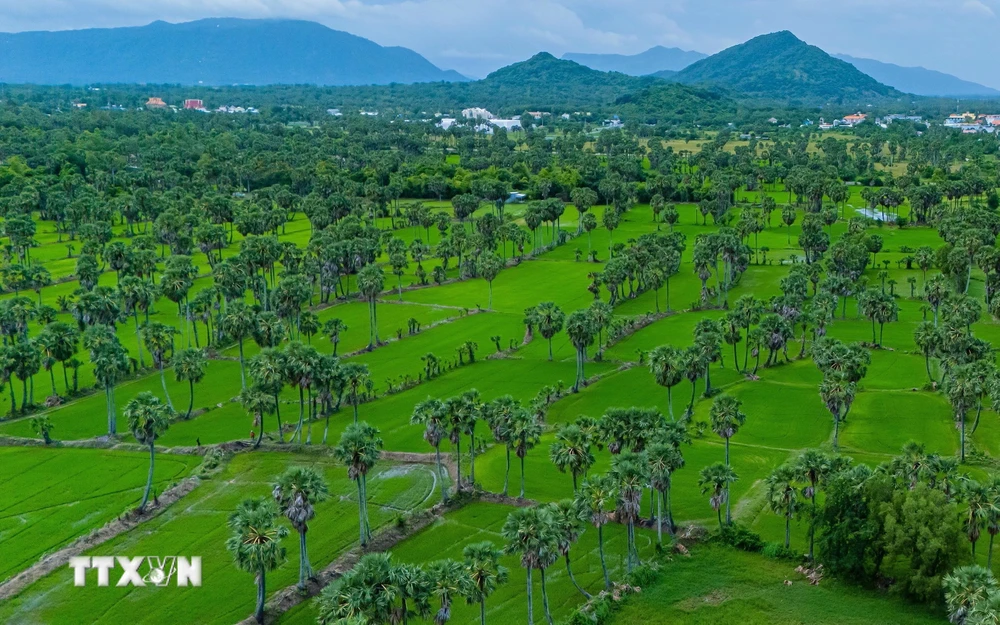
For the Khmer people in the Bay Nui region of An Giang province, the palmyra palm tree has long been familiar and closely associated with daily life.
The word “thot not” comes from the Khmer word “th'not.” Locals sometimes mispronounce it as thot not and the word has become familiar to locals as well as across the country.
Origin of palm sugar making
Almost every Khmer family has from a few to a few dozen palm trees. Usually, palm trees are planted by Khmer people along the border, both to preserve the land and to provide income. The trees take 15 years or more to produce fruit and sugar water.
The story of making sugar from palm trees is a legend passed down through generations by the Khmer people.
The story goes: "There was a cowherd who was taking a nap under a palmyra palm tree. While he was dozing off, he suddenly woke up because a drop of sweet water fell from above into his mouth. He sat up and looked around but still couldn't find anything. Curiously, he climbed up the tree to see and found out that the drops of water that had just fallen came from the tip of the palmyra palm tree that had broken in half. He quickly brought his bamboo tube containing drinking water up to catch the drops of water given by Heaven and brought it home to show his wife and children."
Since then, people have kept the custom of using bamboo tubes to collect palm juice from the trees. Because palm juice left for a long time will ferment and become unusable, the Khmer people thought of a way to process it into wine and condense it into powdered sugar as it is today.
Normally, the palmyra palm season starts from the 10th lunar month of this year to the 4th lunar month of the following year. Khmer people in An Giang climb to the top of the palmyra palm tree, placing tools to collect water from the flower stalks. This is the raw material for people to cook sugar, producing batches of sugar, golden, delicious palmyra palm sugar.
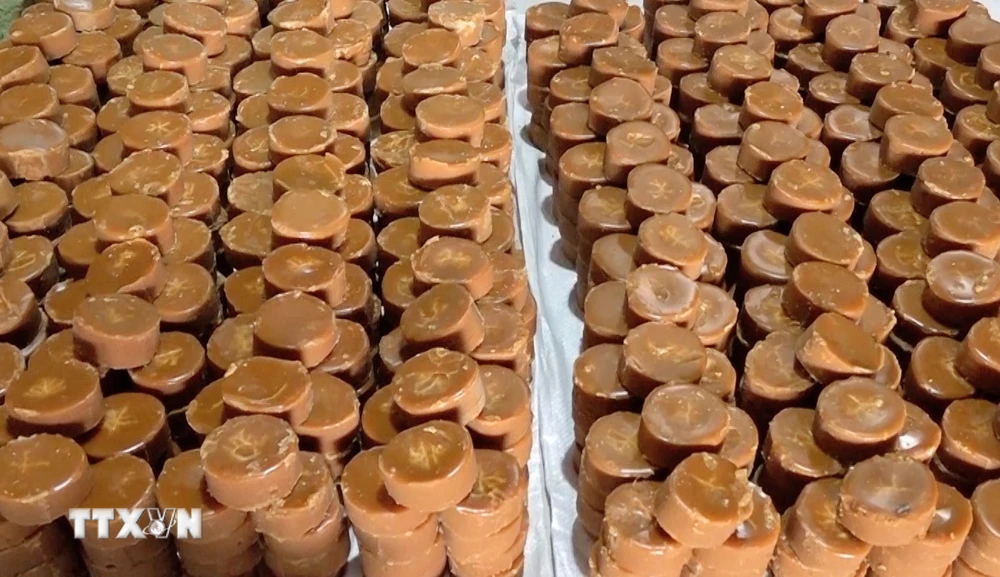
Palm sugar is known in the market for its fragrant palm sugar used to cook sweet soups or prepare dishes. The refreshing taste makes the dish delicious and also has a cooling effect, curing sore throats. The technology of making palm sugar is also very elaborate and depending on the skill of the worker, the quality of the sugar can be different.
The water from the tree must be boiled to concentrate into sugar on the same day because if left for too long, it will easily turn sour due to the fermentation process that occurs inside the palm juice.
The kiln is built right inside the house and can use many fuels to light the fire such as rice husks, firewood, coal... but rice husks are still popular because they are easy to find and cheap. The secret is that by looking at the boiling point of the sugar, the worker can know and adjust the temperature of the kiln accurately. In addition, by intuition, the worker only needs to taste the palm juice to know the sugar content inside and can calculate the amount of lime to add to reduce the acidity of the sugar.
The sugar is put into a pot and melted to remove impurities from the previous processing. The temperature of the sugar should not exceed 80 degrees Celsius because if the temperature is too high, the sugar will caramelize and turn dark yellow, reducing the quality of the sugar.
The cook must stir continuously and skim off the foam and impurities on the sugar until the water vapor inside the sugar evaporates and the sugar thickens. The liquid sugar is poured into cylindrical pieces in molds made from milk or beer cans cut into circles and placed on a flat surface.
The natural cooling process of sugar is also the time when they crystallize into fine crystals. If you bite a piece of sugar, the feeling of the sweetness and fat of the palm sugar grains melting in your mouth will be an unforgettable taste for visitors from far away. Therefore, palm sugar has traveled with friends all over the world to affirm that this is a specialty of An Giang land.
In addition, all parts of the palm tree are used by people: the old trunk is used to make tables and chairs, the leaves are used to thatch roofs, the pulp and fruit are used to make soft drinks, the water can be fermented to make palm wine called arac or condensed to make palm sugar.
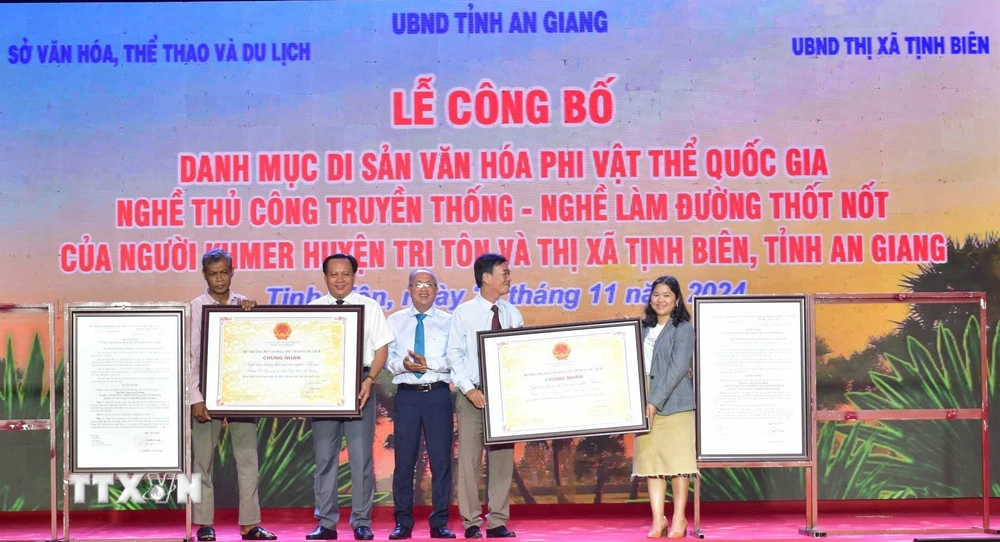
Palm sugar recognized as National Intangible Cultural Heritage
Over time, with traditional experience passed down through generations, people in Tri Ton district and Tinh Bien town have mastered the secrets of making palm sugar, which has been recognized as a local National Intangible Cultural Heritage. Palm sugar is an ingredient for many delicious dishes such as sweet soup, pickled cabbage, etc., but the most special is the famous palm sugar cake.
On November 27, speaking at the ceremony announcing the decision of the Minister of Culture, Sports and Tourism to list the palm sugar making profession of the Khmer people in Tinh Bien town, Tri Ton district as a National Intangible Cultural Heritage, Deputy Director of the Department of Culture, Sports and Tourism of An Giang province, Truong Ba Trang, congratulated the local government, palm sugar artisans, and Khmer people in Tinh Bien town, Tri Ton district on receiving this special honor.
At the same time, the Department of Culture, Sports and Tourism will work with local authorities to develop a plan to preserve and promote the value of the palm sugar making profession in the 2025-2030 period.
Before the palm sugar making craft of the Khmer people was recognized as a National Intangible Cultural Heritage, An Giang had 7 recognized heritages including the Via Ba Chua Xu Festival of Sam Mountain; Bay Nui Bull Racing Festival; Knowledge and techniques of writing on palm leaves of the Khmer ethnic group; Ky Yen Festival at Thoai Ngoc Hau communal house, Thoai Son district; Life cycle rituals of the Cham Islam people in Tan Chau town and An Phu district; Brocade weaving craft of the Cham people in Chau Phong commune, Tan Chau town; Di Ke stage performance art of the Khmer people in O Lam commune, Tri Ton district.
Finding a new direction for palm sugar
According to Mr. Truong Ba Trang, Deputy Director of the Department of Culture, Sports and Tourism of An Giang province, the palmyra palm tree not only brings economic value to the people, it also contains national cultural values, especially the culture of the Khmer people, contributing to the preservation and promotion of local traditional crafts.
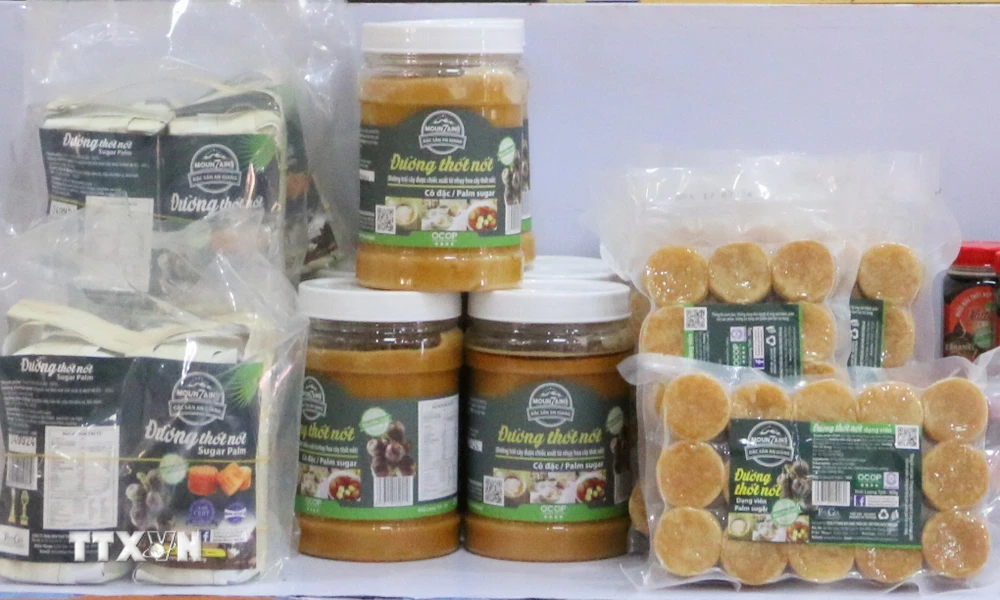
Nowadays, the palm tree is not only famous for its sweet nectar used to make sugar, but also for many products such as palm wine, palm juice, tea, palm jelly, palm leaf paintings, palm cake, palm jam, palm jam, palm caramel... which are supported to develop into OCOP products (One Commune One Product Program).
According to statistics of Tinh Bien town, the whole town has 305 palm sugar production facilities, with 780 workers directly involved in production, producing 3,138 tons of output each year. Among the famous sugar production facilities of Nha Bang town, Tinh Bien district, An Giang province, we can mention Ngoc Trang, Lan Nhi.... Palm sugar of this facility has been exported to countries such as Taiwan, Japan, Korea, America.... and is very popular with people here because of its unique flavor.
To contribute to making palm sugar of the Khmer people in the Seven Mountains region of An Giang really flourish and make new progress, Deputy Director of the Department of Culture, Sports and Tourism of the province Truong Ba Trang said that in the coming time, it is very necessary to have the support of authorities at all levels and functional agencies in creating policy mechanisms, vocational training, connecting to find output for products, promoting the development of craft village tourism to help people have more livelihoods and stick with the profession, promoting communication work, promoting and introducing craft villages...
In addition, Khmer people need to promote awareness of preserving traditional crafts, contributing to preserving national culture; proactively approach and expand marketing channels, especially social networking sites... Coordinate tours, invite visitors to learn and experience...
In An Giang, while many other traditional craft villages are gradually fading away, the palm sugar cooking profession is still developing steadily; both providing a livelihood for the people and contributing to preserving and promoting the development of traditional culture in modern life.
Not only positioning the Palmania palm sugar brand in the market with the 4-star OCOP "card" and the 2-star Great Taste Awards, Chau Ngoc Dieu, female General Director of Palmania Joint Stock Company in Tri Ton district, An Giang province, is also the pioneer in bringing An Giang province's palm sugar products to the European market.
That woman has contributed to raising the value of traditional palm products of the Khmer people in the Bay Nui region of An Giang.
Although she knew that exporting to the Netherlands and Europe had strict requirements and standards, Ms. Diu tried to perfect the product to bring the first official shipment to the Netherlands in July 2021, then continued to expand the market to Sweden, Finland and some other markets.
"After the European market, I hope that in the near future, Palmania palm sugar products can conquer other demanding international markets such as Japan, the US, etc., thereby helping the palm trees of An Giang people to grow further and further," Ms. Diu shared./.
Source: https://www.vietnamplus.vn/an-giang-bao-ton-va-phat-huy-nghe-lam-duong-thot-not-cua-dong-bao-khmer-post995940.vnp


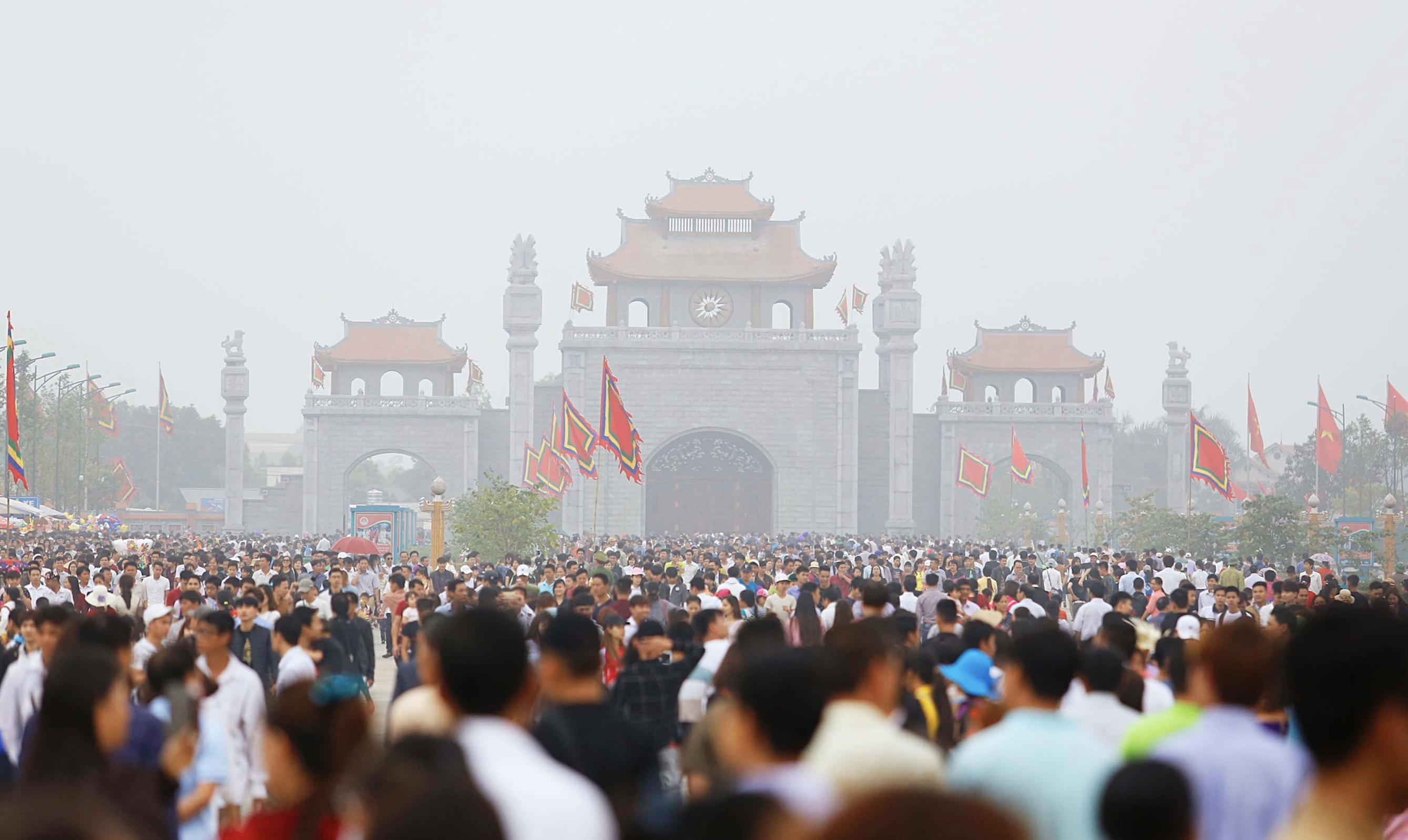
![[Photo] General Secretary To Lam receives Japanese Ambassador to Vietnam Ito Naoki](https://vstatic.vietnam.vn/vietnam/resource/IMAGE/2025/4/3/3a5d233bc09d4928ac9bfed97674be98)
![[Photo] A brief moment of rest for the rescue force of the Vietnam People's Army](https://vstatic.vietnam.vn/vietnam/resource/IMAGE/2025/4/3/a2c91fa05dc04293a4b64cfd27ed4dbe)
![[Photo] Moment of love: Myanmar people are moved to thank Vietnamese soldiers](https://vstatic.vietnam.vn/vietnam/resource/IMAGE/2025/4/3/9b2e07196eb14aa5aacb1bc9e067ae6f)
![[Photo] Special relics at the Vietnam Military History Museum associated with the heroic April 30th](https://vstatic.vietnam.vn/vietnam/resource/IMAGE/2025/4/3/a49d65b17b804e398de42bc2caba8368)
![[Photo] Prime Minister Pham Minh Chinh chairs meeting after US announces reciprocal tariffs](https://vstatic.vietnam.vn/vietnam/resource/IMAGE/2025/4/3/ee90a2786c0a45d7868de039cef4a712)
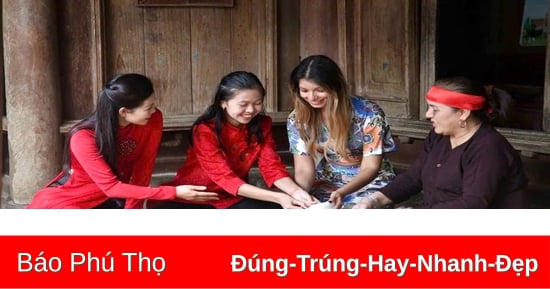

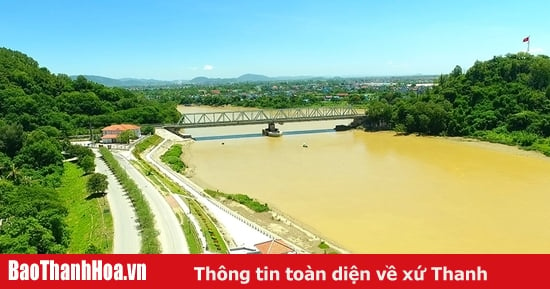
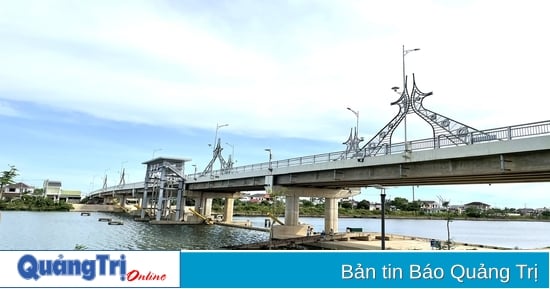

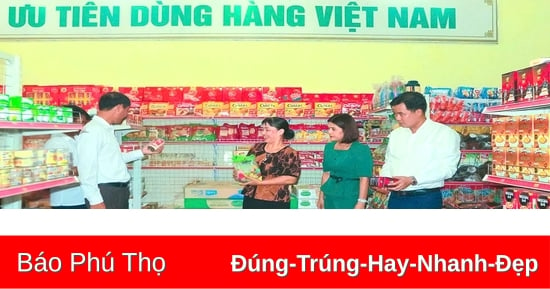
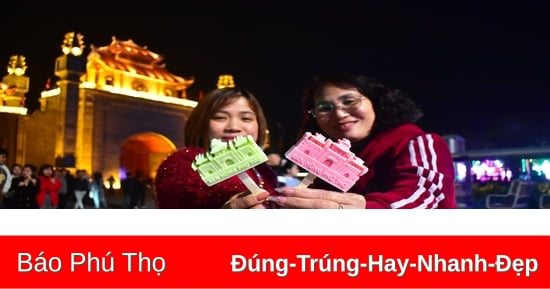
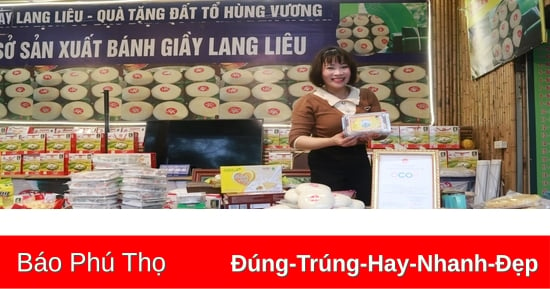
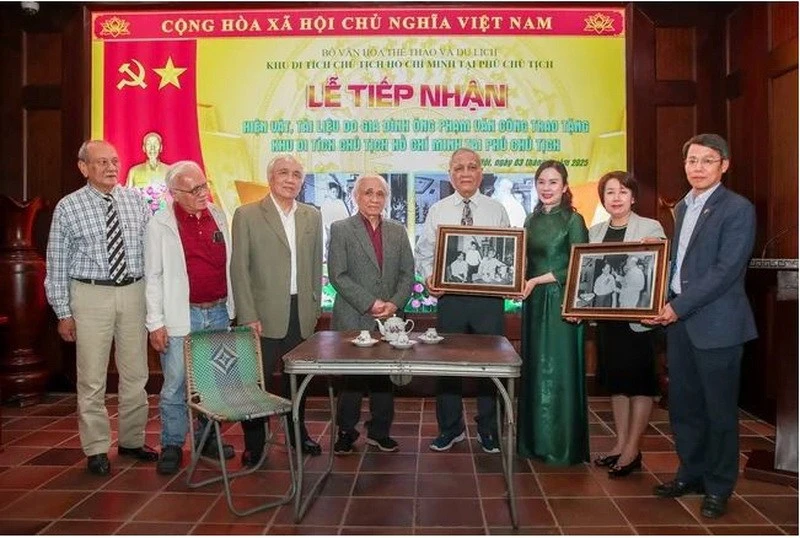

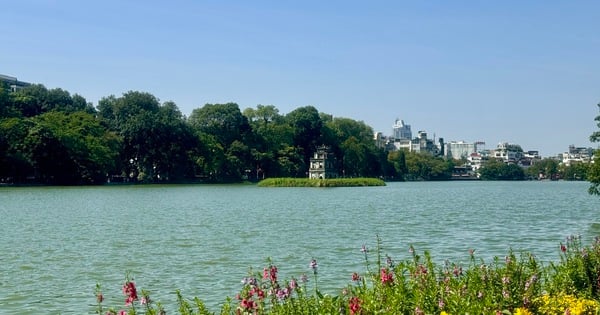
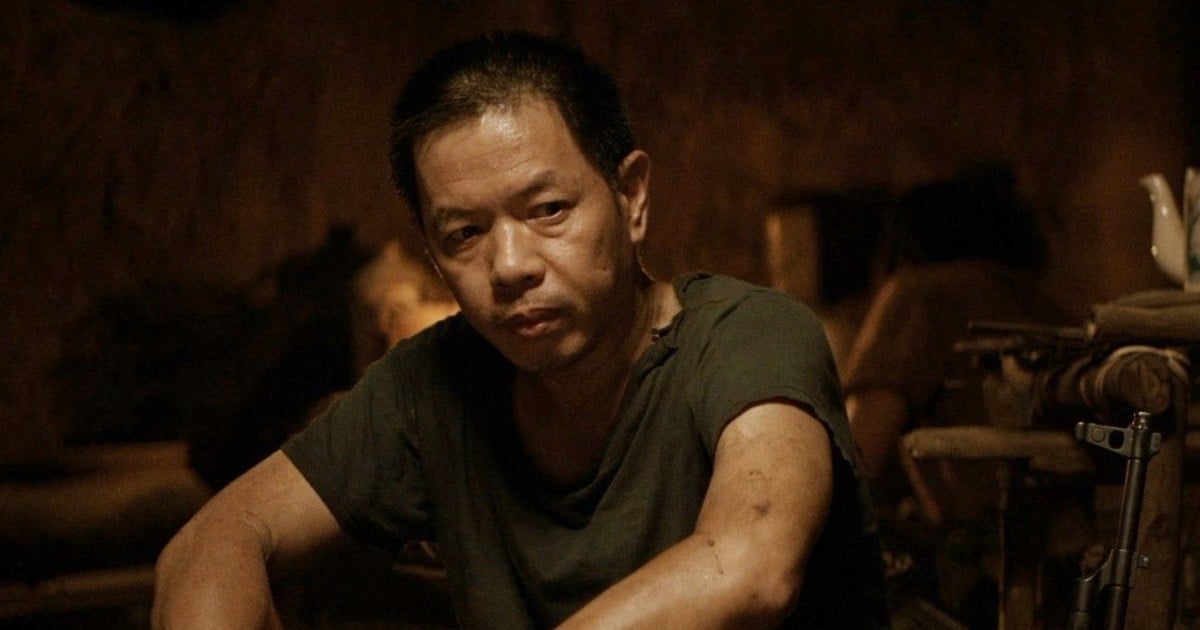

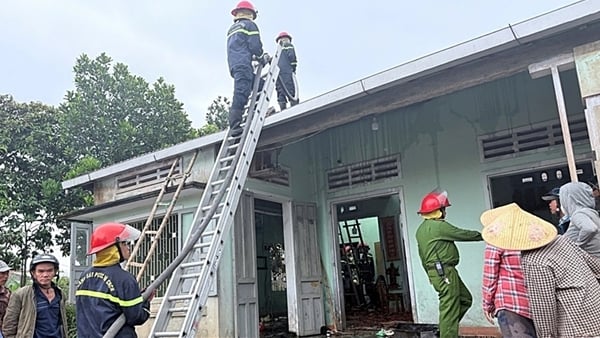






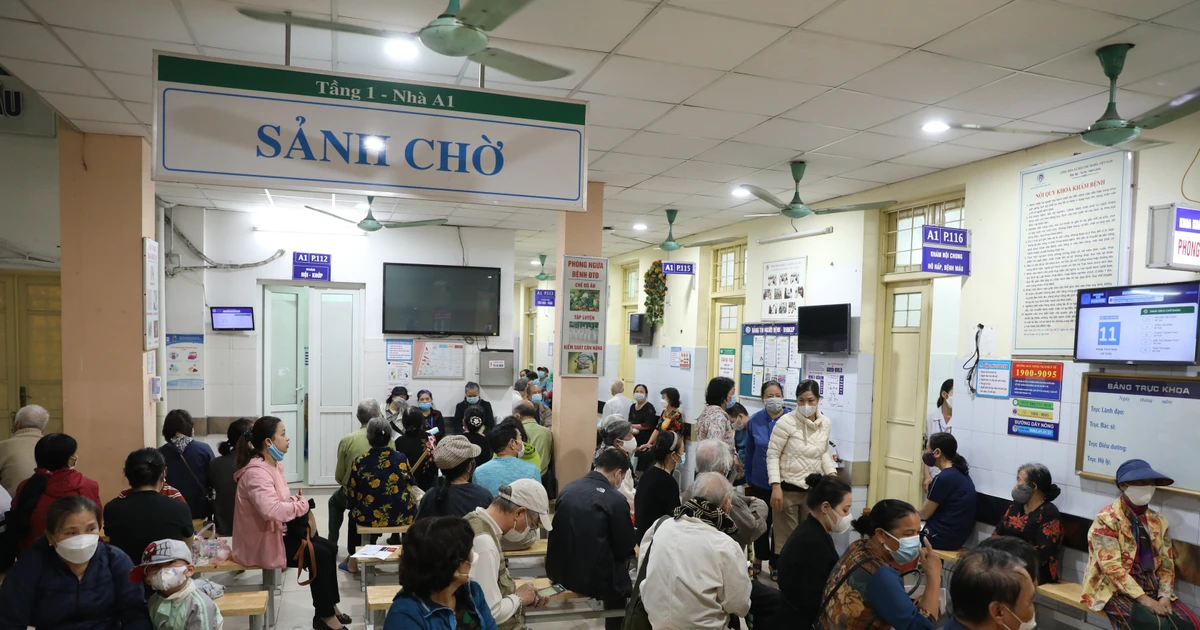
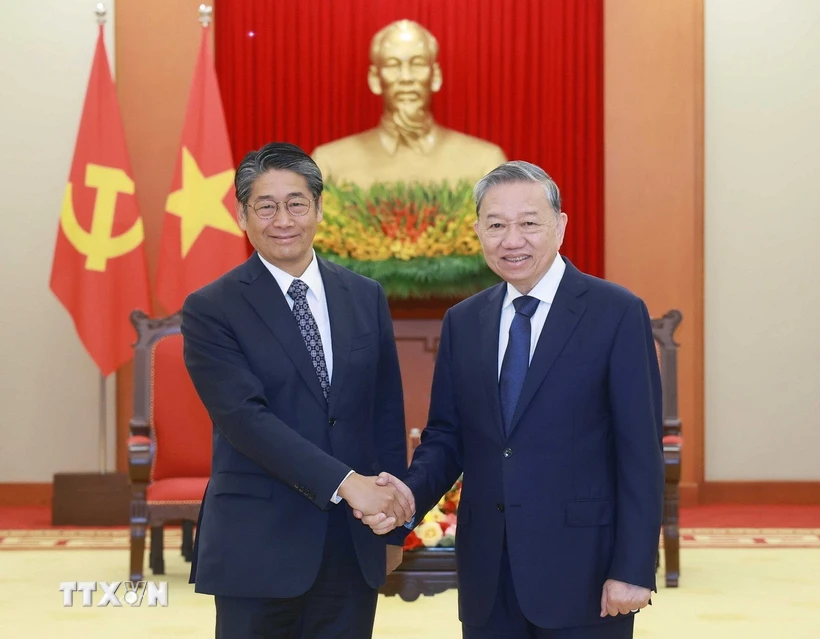


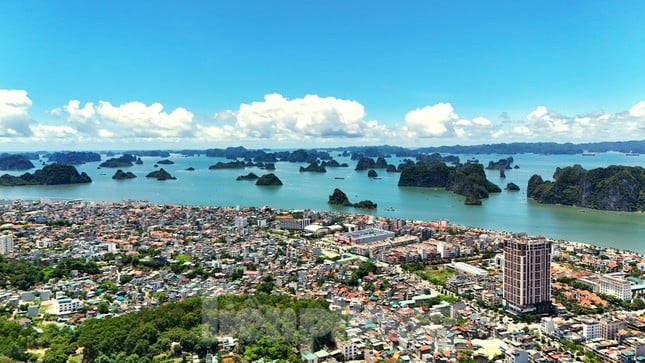

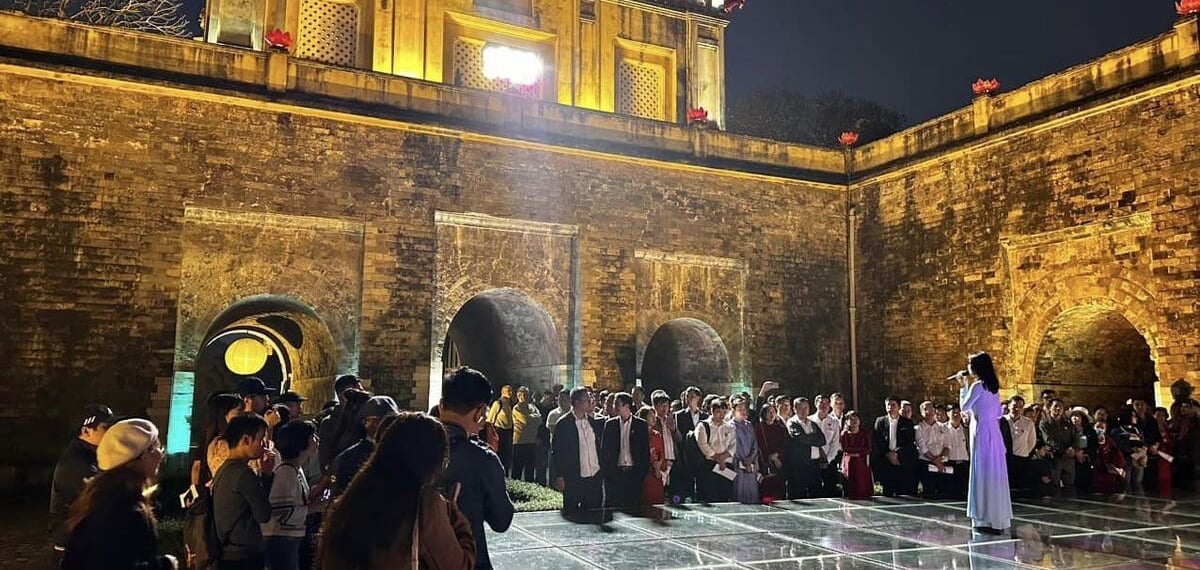

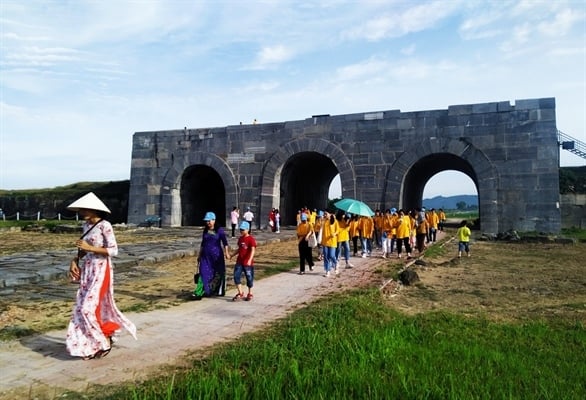

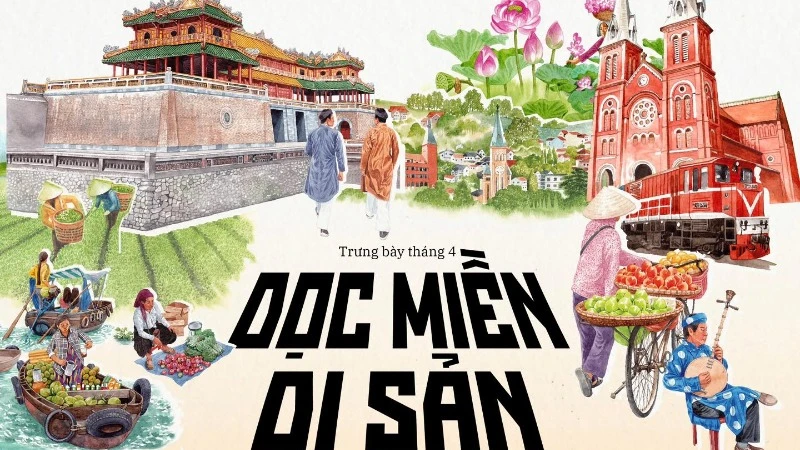

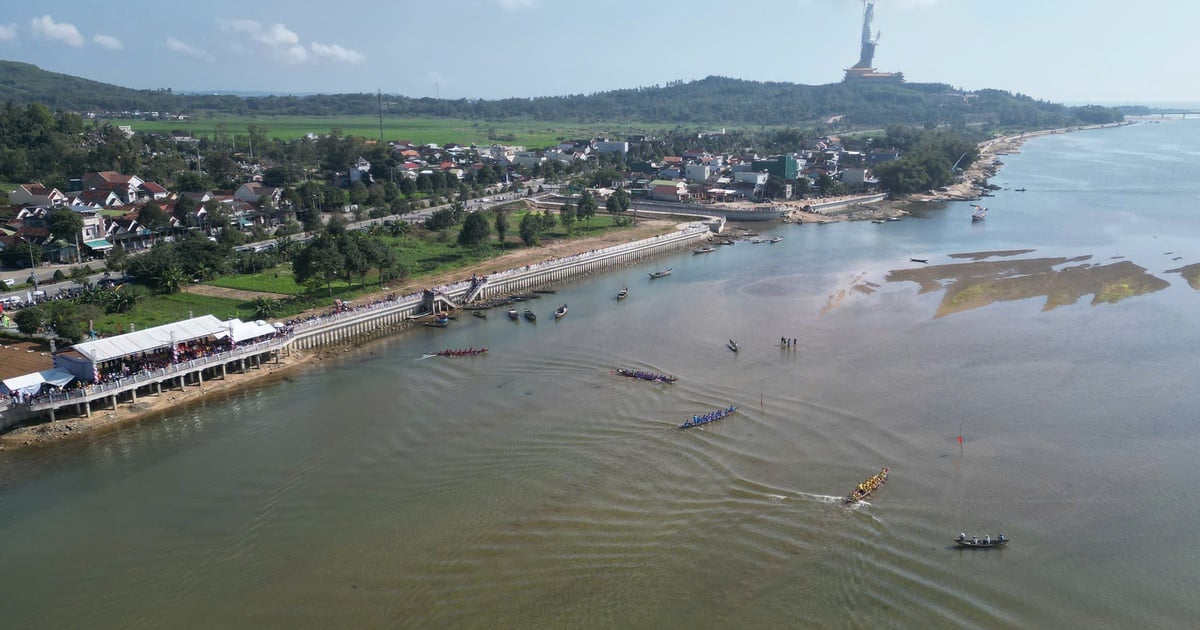




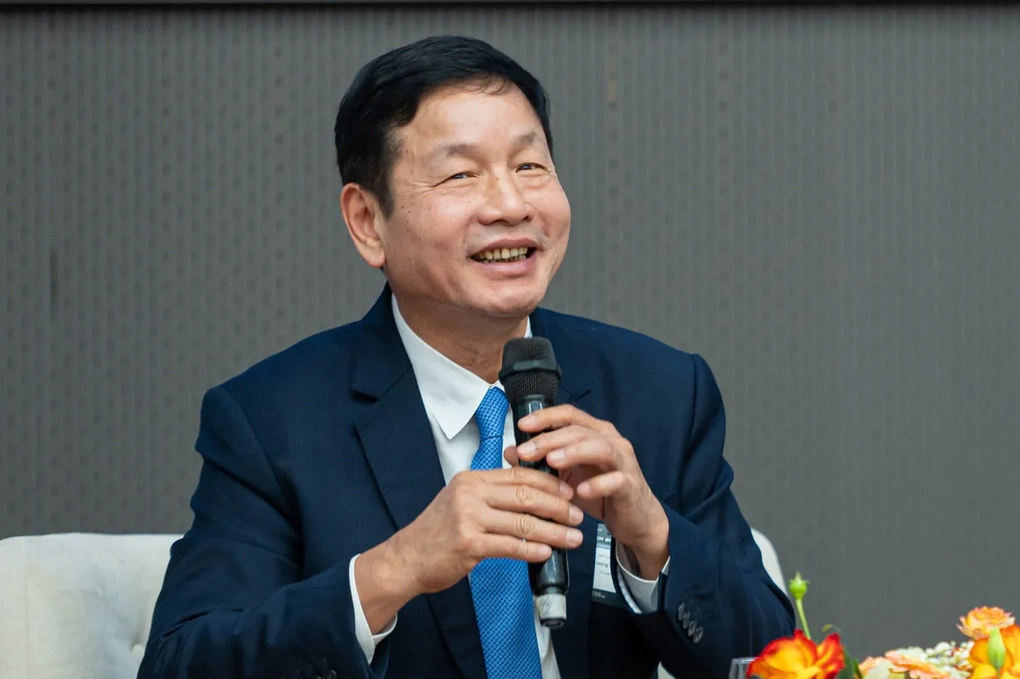


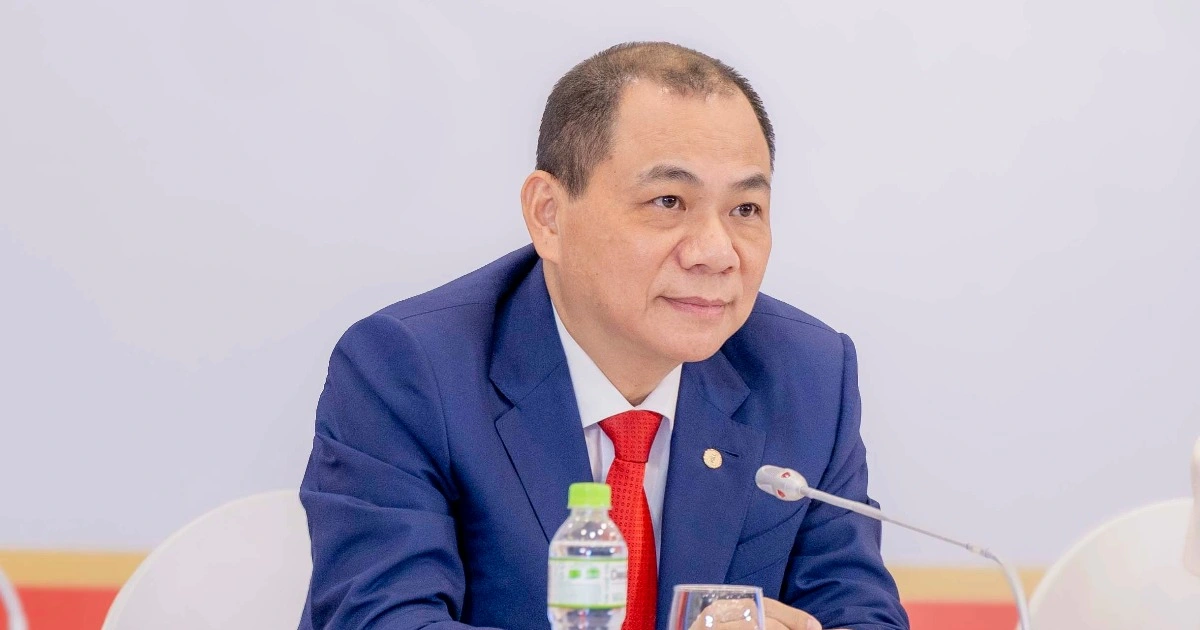
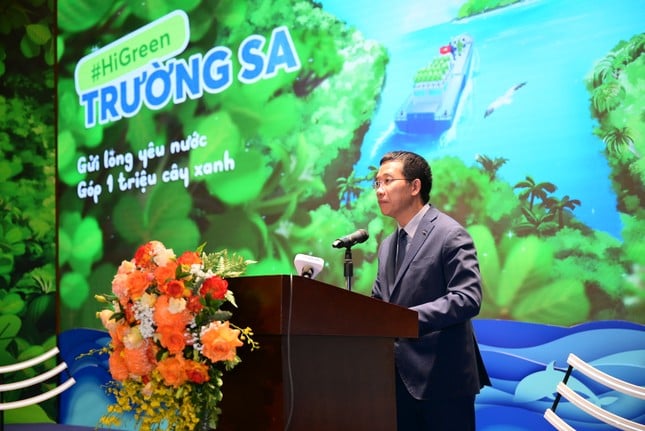








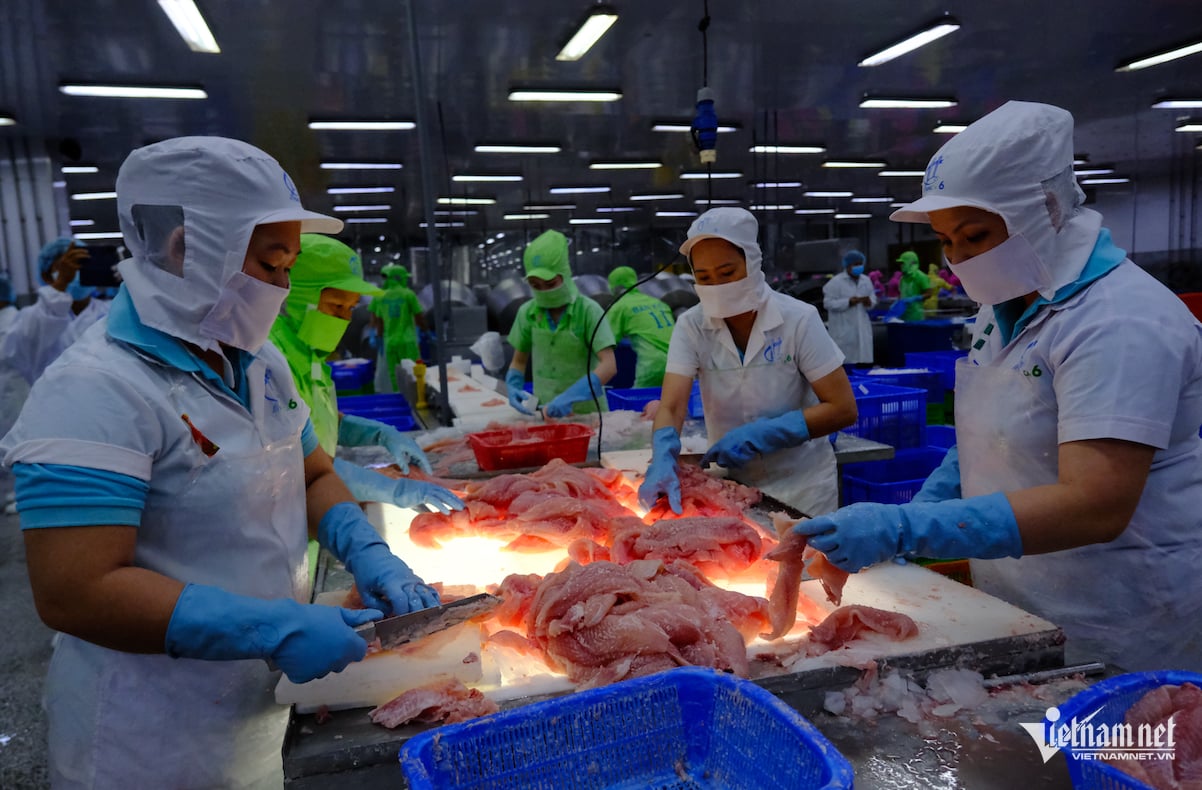

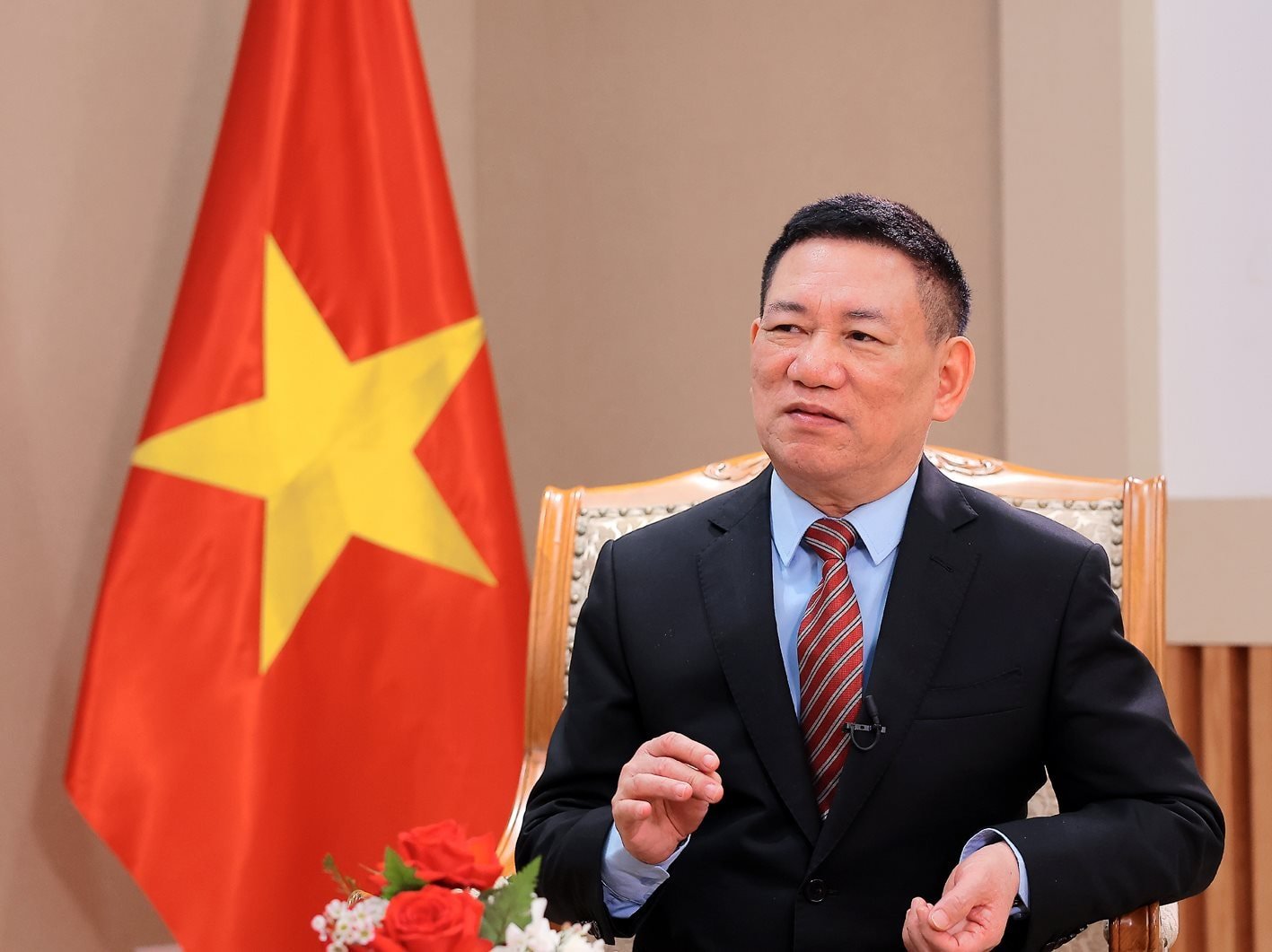

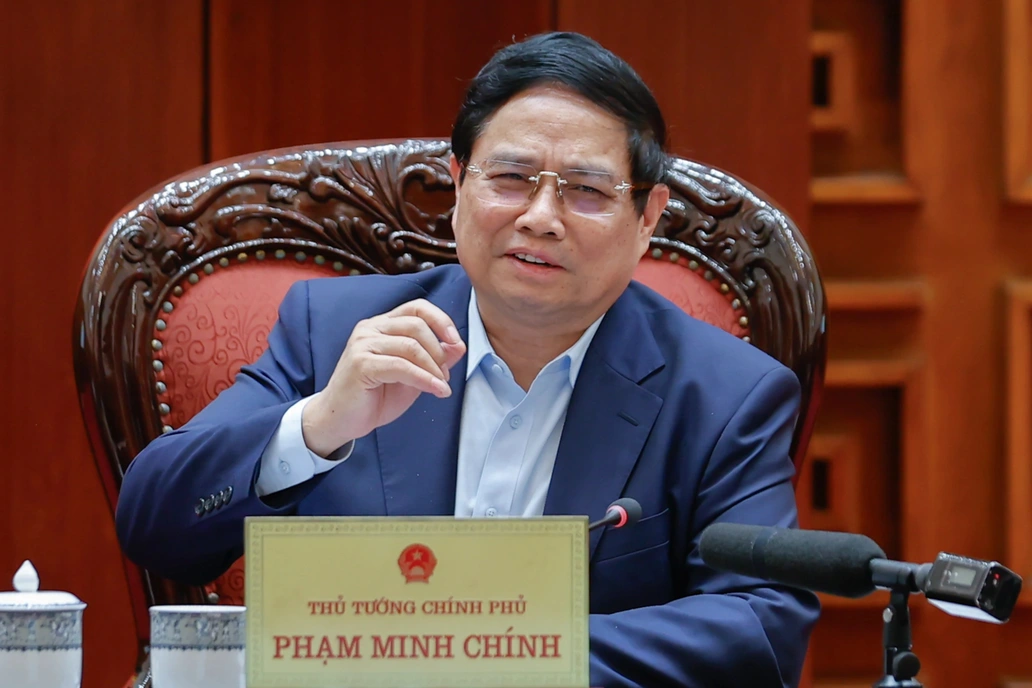



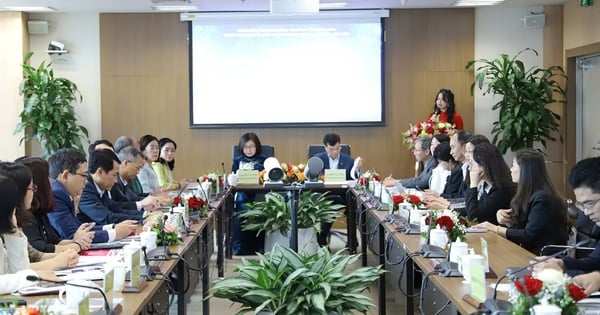

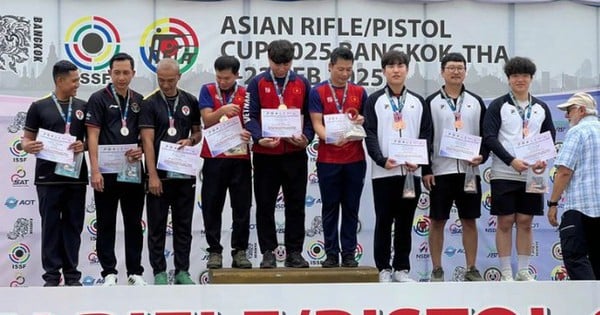


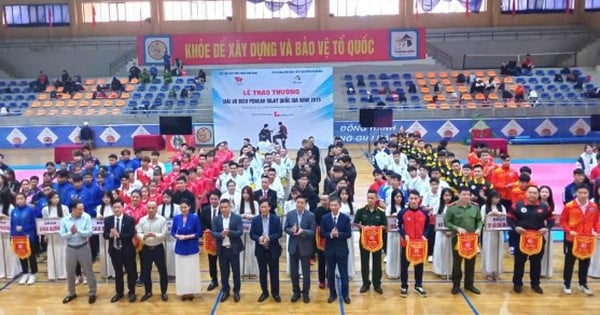
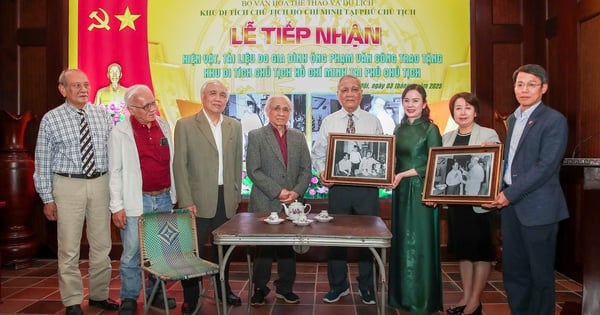
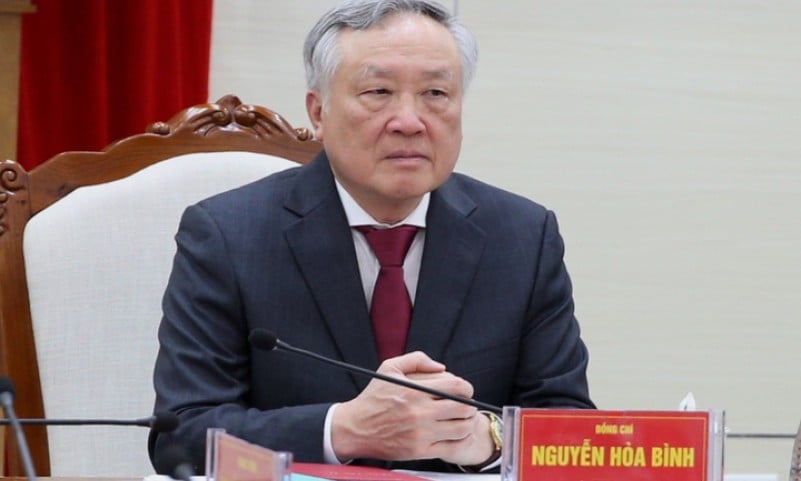
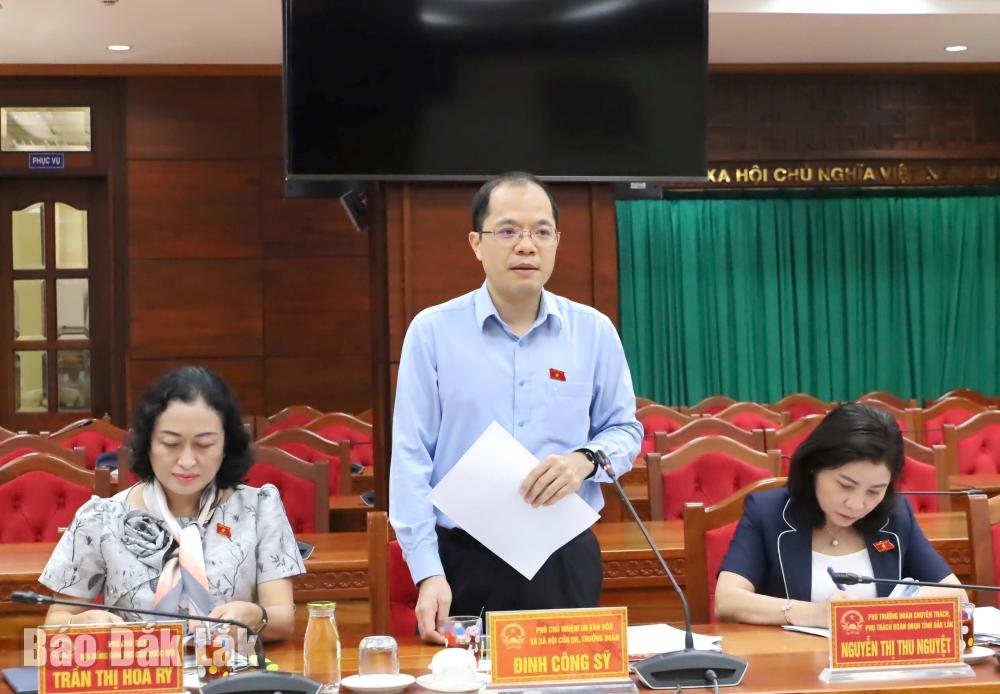

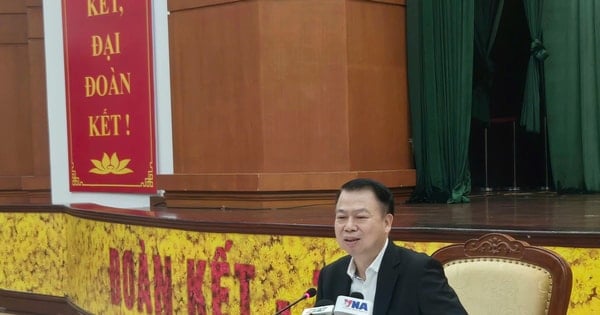



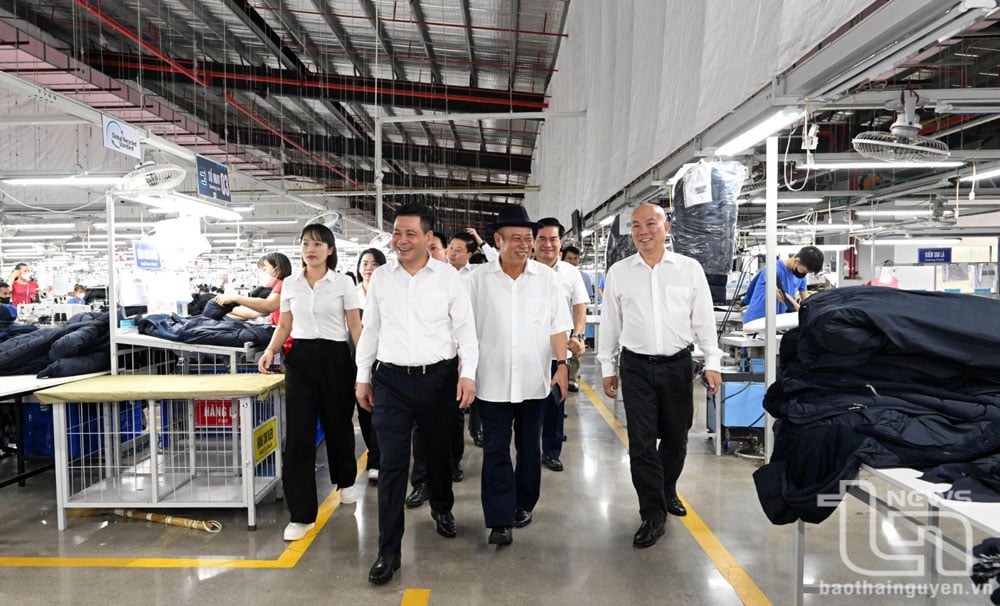












Comment (0)